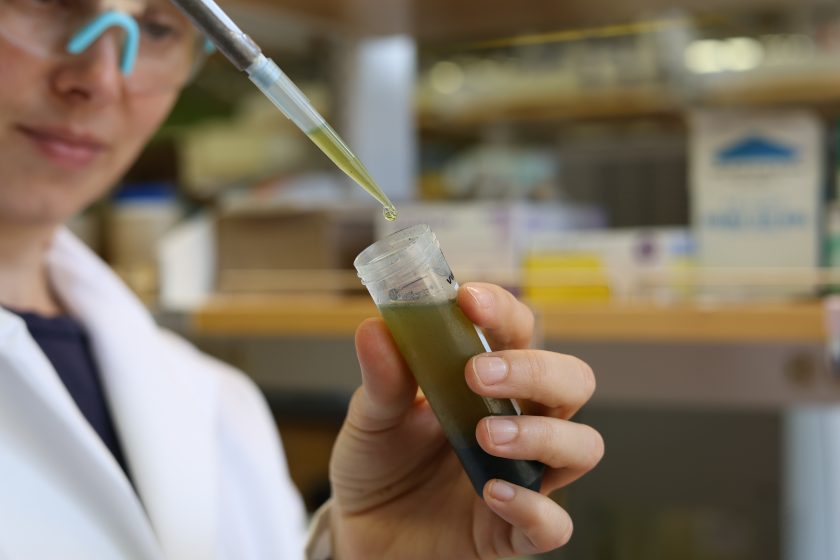Fingerprinting Forever Chemicals
December 8, 2024

Research led by scientists at the Jackson School of Geosciences is helping identify the exact chemical composition of forever chemicals, which could help authorities trace them to their source when they end up in aquifers, waterways or soil.
The technique involves passing samples through a strong magnetic field, then reading the burst of radio waves their atoms emit. This reveals the composition of carbon isotopes in the molecule and gives the chemical a “fingerprint,” a feat that had not previously been achieved with organofluorine compounds, which make up forever chemicals.
“Ultimately we will be able to trace molecules and see how they move,” said Cornelia Rasmussen, a research assistant professor at the University of Texas Institute for Geophysics who co-led development of the technique. “For example, whether they just stay where they got dumped or whether they’re moving downstream.”
The new technique was described in a paper published in Environmental Science & Technology. The researchers tested their technique on samples that included pharmaceuticals and a common pesticide. They are now conducting a pilot study to see how the technique will fare on pollutants that show up in Austin’s creeks and wastewater. If successful, the technique could be useful for state and federal agencies that want to track the spread of water-borne forever chemicals.
Back to the Newsletter